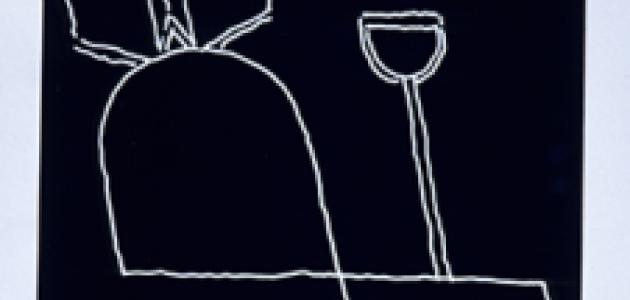- Energy & Environment
- Science & Technology
- Security & Defense
- US Defense
- History
- Military
- Contemporary
- US
- World

In 1983 U.S. President Ronald Reagan announced the Strategic Defense Initiative (SDI), which was nicknamed by some as “Star Wars.” SDI was meant to protect the United States from intercontinental ballistic missiles by the use of defensive weapons on both earth and in space. Lasers would play a key role in the technology of destroying incoming missiles. The technology didn’t exist yet, but Reagan proposed that the nation devote itself to developing it.
The plan was controversial for both scientific and political reasons. Some doubted whether such defenses ever really could be developed. Others feared that indeed they would be developed—and the result would be to destabilize relations with the Soviet Union and maybe even incite war. Congress voted funds for testing, but SDI ended with the Cold War. Still, the quest for cutting-edge defense measures will always be part of the art of war. The latest example comes from Israel.
Last month the Israelis held a successful test of a high-powered laser system. Mounted inside a Cessna, the laser destroyed a number of drones over the Mediterranean Sea, some more than a kilometer away. The system won’t be ready to be deployed for ground use until 2024 and later for use in the air, but it nonetheless represents a great success. It comes after decades of research.
Reagan dreamed of laser defense systems, but it was only more recently that the technology was perfected that allowed scientists to make an efficient and high-powered solid-state laser on the cheap. The first lasers were big and cumbersome, but the new lasers are smaller and more efficient as well as less expensive. Israeli scientists and defense contractors have been working on laser systems for years.
Other countries too have invested in laser research, among them, Germany, Russia, Turkey, and the United States. It’s not surprising, though, that Israel has made this breakthrough. Laser defense systems are important to Israel for a variety of reasons. Attacks from the air—by missiles, drones, fire balloons, and even kites—are currently the main weapon used by the state’s enemies. Hamas fired about 4,300 missiles from Gaza in the recent conflict with Israel this May, and Hezbollah in Lebanon has an even larger store of missiles—some estimate over 100,000—to say nothing of any Iranian-launched weapons. Israel’s Iron Dome defense system was able to shoot down 90 per cent of the missiles that reached Israel, but at a price. Each Iron Dome interceptor rocket costs tens of thousands of dollars, and the number of such interceptors on hand is limited. Laser weapons, by comparison, cost virtually nothing. They work at the speed of light and they need only electricity in order to have enough ammunition. Likewise, a small plane like a Cessna is a lot cheaper than, say, a 747. And much easier to keep in a state of readiness on the border. Since lasers don’t work well through cloud cover, it is important to have airplane-based as well as ground-based laser capability.
Israel’s laser defense has more modest aims than Reagan’s SDI. The main target will be drones, but drones represent an ever-greater threat, as they are cheap and easily produced by potential enemies. A small number of drones were launched in the May 2021 conflict between Hamas and Israel, and surely more will be coming in the future. Once deployed, Israel’s laser defense will work in tandem with other defense systems already in place, namely, Iron Dome, which protects against short-range missiles, and David’s Sling, which intercepts medium-range ballistic weapons. Still, the emergence of laser defense technology represents a vindication of Reagan’s vision forty years ago.
I wonder how you say “Star Wars” in Hebrew?
Barry Strauss is a military historian and classicist at Cornell University and the Corliss Page Dean Fellow at the Hoover Institution.















